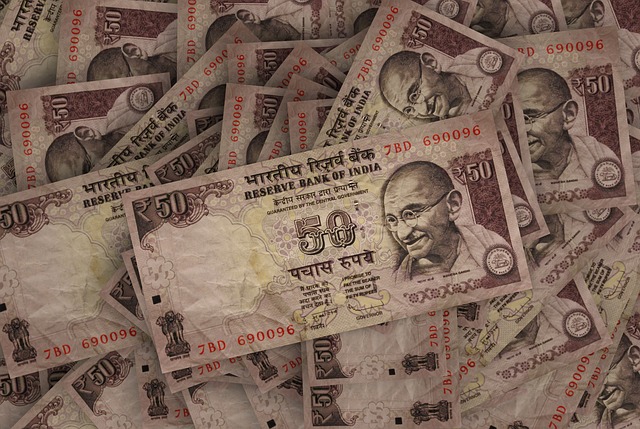
Given my fascination with the original 1982 Ridley Scott sci-fi classic, I wanted to share my take on “Blade Runner 2014,” which we watched yesterday.
First, the bad:
- So, yes: it’s long. Like, 2 hours and 43 minutes long. That’s…just too long. It is a fantastic film, but does any movie really need to be nearly twice the ninety-minute length that was commonplace not so long ago? Probably not.
- I am deeply ambivalent about the cinematic use of 3-D technology. It provided this film with some stunning, memorable shots — one of my favorites showed Robin Wright’s character from outside her office building on a rainy night — but on the whole I found it distracting. I always wonder: Is the cool thing I’m seeing in here in service of the plot, or is added just to show off the sweet tech?
Now the good:
- It is a story about what it means to be human and the nature of memories. It is deeply empathetic.
- The audio is incredible. The eerie synthesizers in the initial “Blade Runner” are one of my favorite elements. Here, there are compelling uses of what seem to be monks chanting and other interesting stuff.
- Ryan Gossling is excellent. He plays a replicant, so his emotions are often under the surface, but there are human rumblings throughout. Harrison Ford is also fantastic. As is Robin Wright.
Now: A warning for those seeing the movie in India and hoping for a pure cinematic experience:
Don’t get your hopes up.
Warning: somewhat crotchedy rant ahead:
We saw the film mid-day yesterday at the high-end PVR Director’s Cut theater, which has huge, comfy, reclining seats, food and drink service, and excellent sound and visuals.
The lobby is decked out in classic movie posters and the establishment seems to bill itself as a mecca for movie purists.
But at what felt like halfway through the film, at one of the most crucial parts — a quiet and contemplative scene — the movie suddenly shut off.
As the lights came on and the audience began murmuring, I thought: Jesus, has the projector broken?
Nope, it was an (unannounced) intermission. During which commercials were shown.

As people got up to go the bathroom and hit the concession stand, we were treated to perhaps ten minutes of blaring ads for items like pregnancy tests and window blinds.
Then the lights went down and it was back to the film, but about 5 seconds earlier, so we viewed a particularly emotional segment a second time.
“But, the movie isn’t supposed to have an intermission,” I said, during the break, to a guy outside the theater who seemed to be the manager.
He sympathized, saying it is common practice for films over two hours long to have such commercial-filled breaks in India.
Moreover, as apparently mandated in the country, every time a character was shown smoking during the movie, the phrase “smoking kills” appeared in the lower right portion of the screen.
I think a sex scene may also have been edited, but I’m not sure.
On the bright side, as I noted on Twitter, there was something oddly fitting about having a film about the apocalyptic future and powerful government controls broken up by crass commerical messages and mandated health warnings.
¯_(ツ)_/¯










